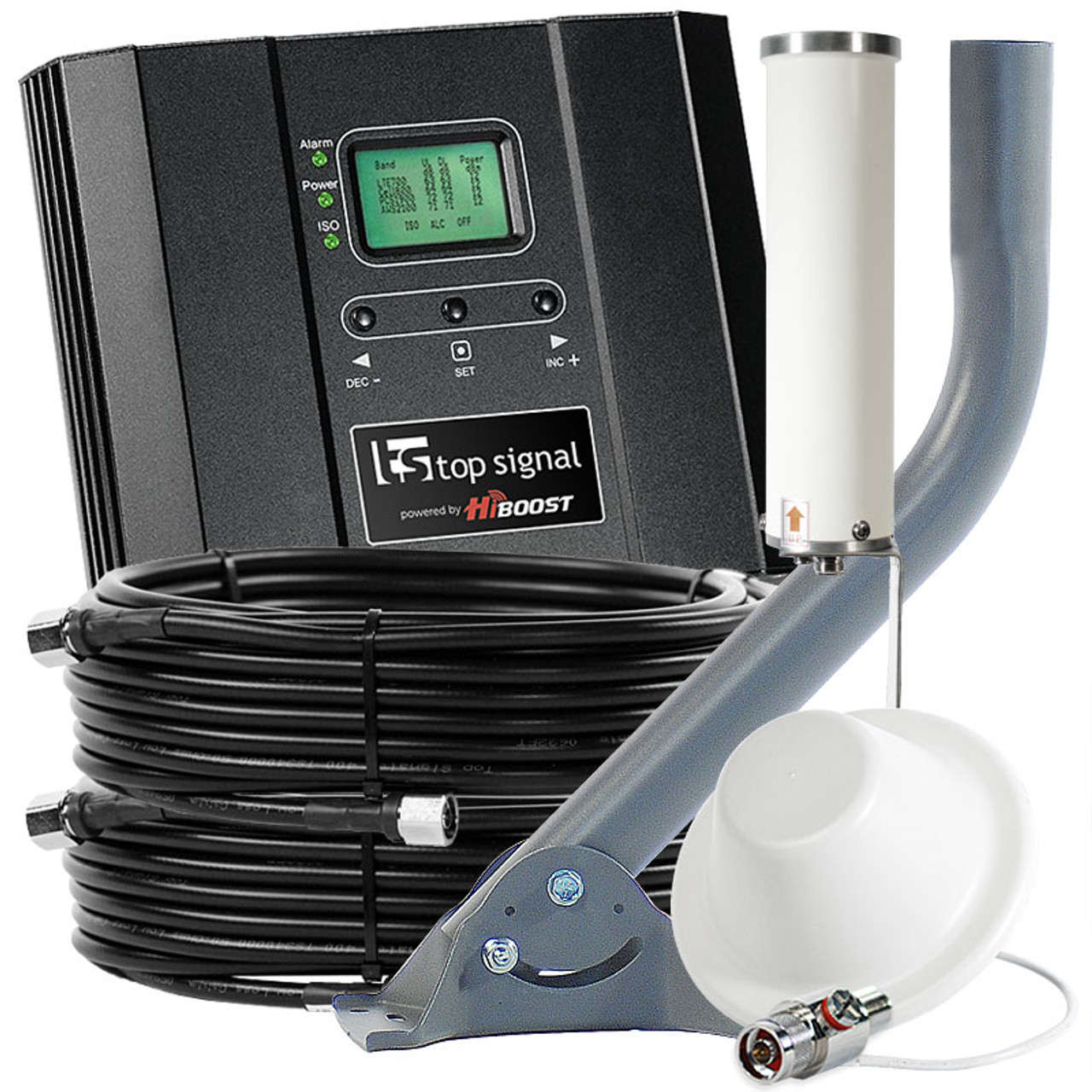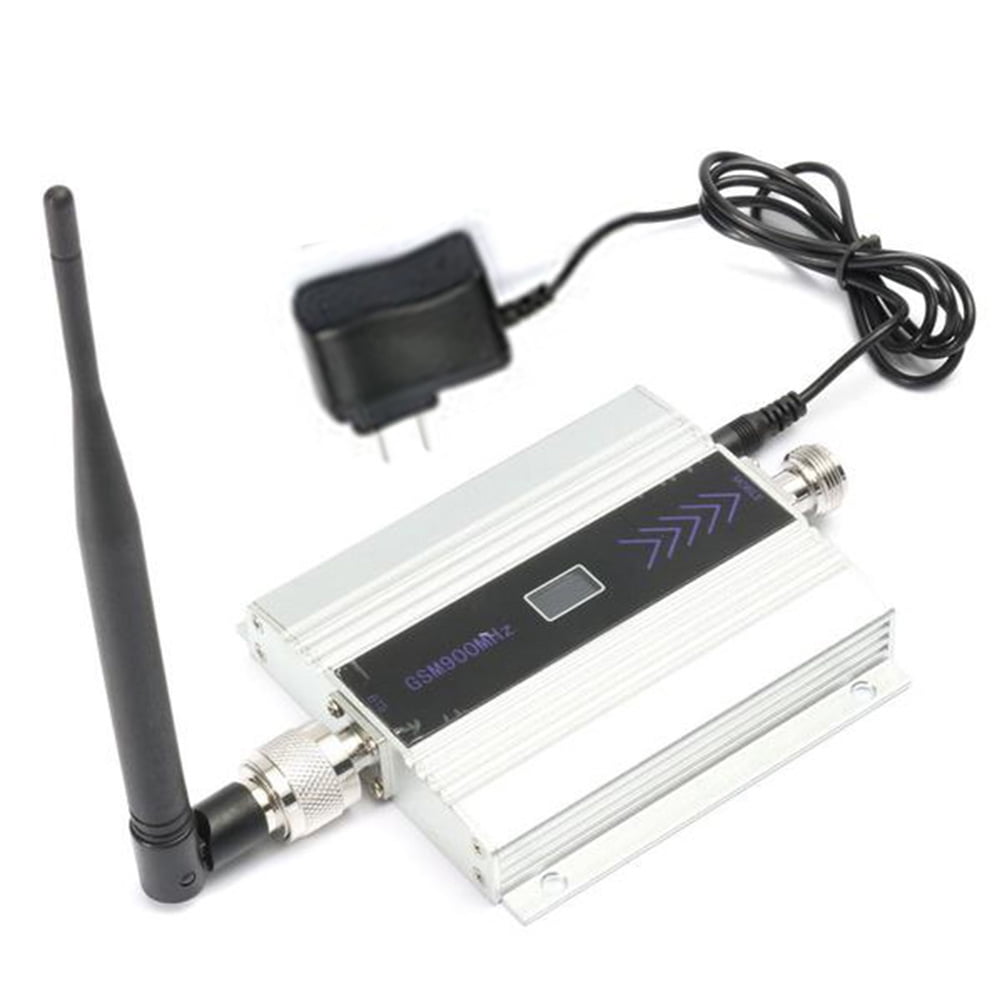

Start by determining the areas in your home where you experience weak or inconsistent cell signals. This will help you choose the most suitable booster for your specific situation. Assessing Your Home's Signal Needsīefore selecting a cell phone signal booster for home, it is crucial to assess your home's signal needs. When choosing a cell phone signal booster for your home, it is essential to consider factors such as coverage area, signal strength, and compatibility with your carrier and device. Some boosters are also compatible with 4G LTE and 5G networks.

Signal boosters are designed to work with specific carrier networks, such as Verizon, AT&T, T-Mobile, and Sprint. There are different types of cell phone signal boosters available, such as those designed for single rooms, homes, cars, trucks, SUVs, vans, overland vehicles, RVs, boats, semi-trucks, fleet vehicles, and commercial buildings. These devices work by capturing weak outside signals, amplifying them, and then rebroadcasting the boosted signal inside your home. There should be a network mode option that allows you to select between 5G, 4G, 3G, or even 2G.A cell phone signal booster for home is a device that improves the signal strength of your cell phone, making it easier to stay connected, reduce dropped calls, and improve data speeds.

Choose Mobile Network or SIM & Network, or something similar.

On many Android phones, you can go to Settings to access a section called either Connections or Wi-Fi and Internet. On the iPhone, go to Settings > Cellular > Cellular Data Options > Voice & Data and you should at least be able to choose between 5G On, 5G Auto, and LTE (4G). This is something we especially advise for Verizon customers. It's worth toggling between different available network modes in case your carrier's logic is privileging newer systems over more usable ones. Unfortunately, that sometimes means individual devices get stuck with weak connections. This isn't just marketing the newer a network your phone is on, the more efficiently it uses carrier resources, so it's worth it to the carriers to have as many devices on the newest networks possible. I've seen instances where a network demands that a phone try to grab a weaker signal that's farther away just so it can get a "5" in the status bar.


 0 kommentar(er)
0 kommentar(er)
